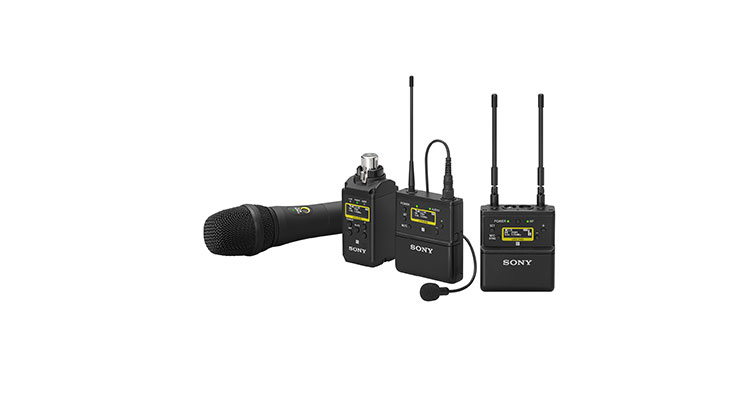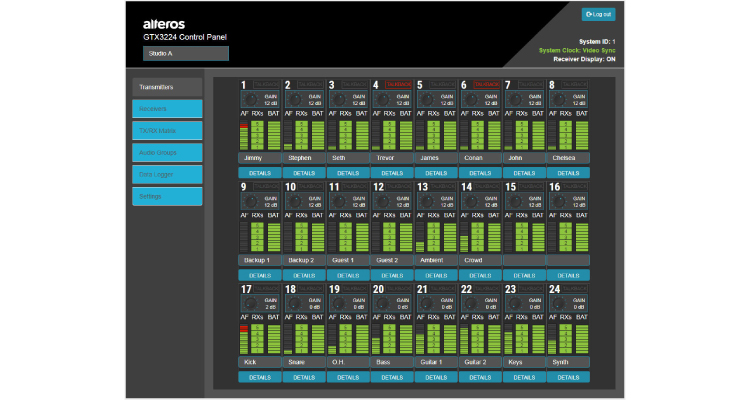Microphones – A Small Tool with a Big Effect

Too often, the first time a microphone is heard is when a new system is being commissioned.
The end-user, for any and every AV project, is very important and their input is invaluable. From the inception, to design, during construction, and finally installation, they really do need to be involved. However, I am not sure many end-users have the time or really want to be consulted. They just want the job done, quickly and within budget. And this is how many AV professionals enter the “Lost in Translation” zone with their clients. For this next series of blogs, I want to promote clarity through the AV design process and promote best practices for end-user satisfaction. Let’s begin with microphones, a small AV tool with a big effect for the end-user.
I gleaned a great quote and reminder from a recent article from author Dan Daley titled, “Don’t Drop the Mic.” He shares Gabriel Antonini’s (a manager with DPA Microphones) comment: “Too often, the first time a microphone is heard is when a new system is being commissioned,” Antonini says. “The best way to decide which microphones work best for a project is to test them in a similar environment they’re expected to be used in, but the microphone’s data sheet can also give you a good idea of how it will perform.”
Issues that Affect Performance
I borrowed “The Top Three Wireless Microphone Problems and How to Solve Them” from RF Venue, a company that researches, develops and promotes wireless products.
1. Signal Dropouts and Multi-path Interference
Multi-path interference is caused by portions of RF energy arriving at the receiver’s antenna at slightly different times. As a transmitted wave spreads, it encounters surfaces that reflect or absorb different parts of the wave. As these waves bounce off of and around surfaces, they arrive at the receiver at slightly different times and thus out of phase—creating dropouts and dead-spots for wireless microphones. This is a common problem for wireless microphone systems indoors, where there are a multitude of opportunities for RF to reflect off surfaces….
2. Noise Floor and Interference
It’s important to understand that all environments are a soup of radio waves. Most of that energy is caused by other electronic devices emitting stray (unintended) RF—computers, hair dryers, pencil sharpeners, lighting, power supplies—just about any powered device. And even in the remotest desert, cosmic radiation and natural radiation generated by the earth causes noise.
An RF system—like a wireless microphone—needs a sufficient signal-to-noise ratio to stay above this ever-present ambient noise “floor.” Maintaining high signal-to-noise ratio for your wireless mics is aided by isolating the signal and directing it to only where it is needed. The closer wireless receivers are to wireless mics, the better. This gives your transmitter and receiver a shorter distance and stronger signal, which presents a higher signal over the noise floor at the receiver.
Since this is not always possible with stock antennas, selecting a local field antenna like the Spotlight antenna can isolate reception and decrease the amount of noise entering the signal chain, significantly opening up even the most crowded RF environments to accommodate your system.
3. Intermodulation Distortion and Frequency Coordination
Frequency coordination is essential in wireless systems to avoid not only third party transmitters but also the harmful effects of Intermodulation Distortion (also referred to as IMD or “intermod”). IMD is the result of two or more signals passing through a non-linear device, such as a diode or an amplifier. IMD manifests as ghost signals from wireless mic bodypacks or handheld transmitters. These appear at predictable frequencies in the RF spectrum. If these ghosts are too close to one of the frequencies used by your microphone, audible distortion can result.
Not sure how to handle these issues? That’s OK. I do. But I will need your help, as the end-user, to make sure we are on the same page and nothing is Lost in Translation.
Tony, the AV Guy




